Yojiro Terada, known as “Mr. Le Mans,” holds the record for the most participations at the 24 Hours of Le Mans, including 29 entries as a privateer. Terada also contributed to the development of Mazda's motorsports over many years and, in order to win the 24 Hours of Le Mans, he used his long experience to develop not only the performance of the car, but also the team's strength, and created an environment in which the team could thrive.
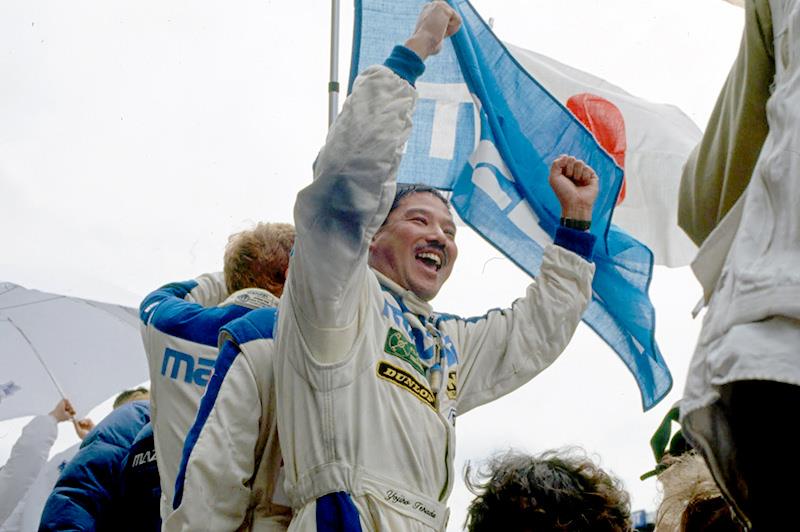
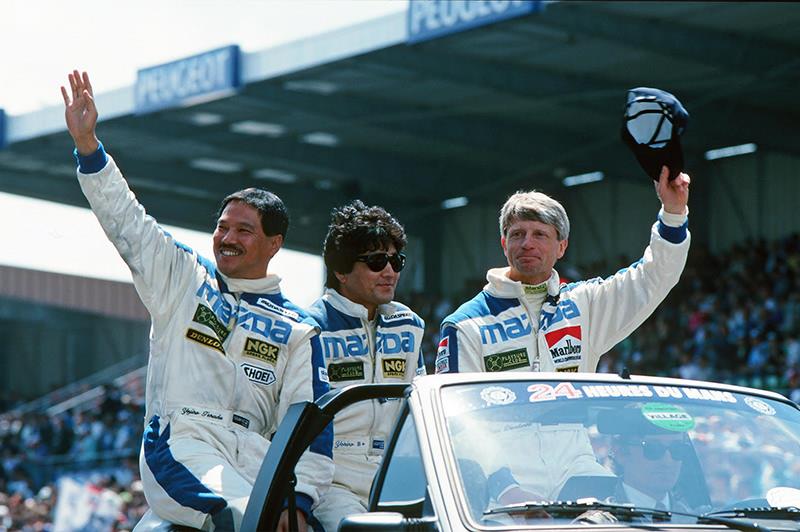
In 1970, a Belgian privateer drove a Mazda-provided car mounted with a rotary engine in the 24 Hours of Le Mans, marking the first step for the Mazda rotary engine at the famed race. Four years later, in 1974, Mazda Auto Tokyo, with the cooperation of Mazda's importers in France, took on the Le Mans challenge. In 1978, Mazda invited an American driver who was familiar with the track to drive a Savanna RX-3 in the 24 Hours of Daytona in Florida, USA. In 1979, Mazda added a French driver to the team for the Le Mans race, and from 1981, the team partnered with Tom Walkinshaw Racing in the UK to compete in Le Mans with British and Australian drivers. In this way, the Mazda team has always been a global team that has joined forces with local talent.
Mazda France and Mazda UK were influential in the formation of these early global teams. They provided a great deal of assistance, from receiving and transporting supplies from Japan to providing vehicles for transportation. Also, through their auspices they were introduced to key people involved in the team such as Tom Walkinshaw, Pierre Dieudonné, David Kennedy and Jacky Ickx, who helped the Mazda team grow. When the team was spun off from Mazda Auto Tokyo as Mazdaspeed, team manager Takashi Ohashi acted as the main contact with the ACO and FIA, the organizers of the Le Mans race, while Terada himself drove the race cars and worked hard to keep the team running smoothly. The 24 Hours of Le Mans is not only a weekend race, but also a long event that starts more than a week before the race, and includes vehicle inspections, practice, and qualifying. Terada, who early on was aware of the importance of meals, clothing, and lodging, introduced a cuisine team that could handle multi-national teams, introduced a team of doctors to take care of the drivers' physical condition, and contracted with a signing team that specialized in putting up signboards for 24 hours in the signing pit located at the old Mulsanne corner. From 1989 onwards, when Mazda began to aim for higher finishes using its four-rotor engine, the team had more than 100 drivers and staff, including members from Japan, the UK, France, Germany, Ireland, Belgium, Sweden, and Brazil. By 1991, when Mazda took victory, the team had a total of 120 people.
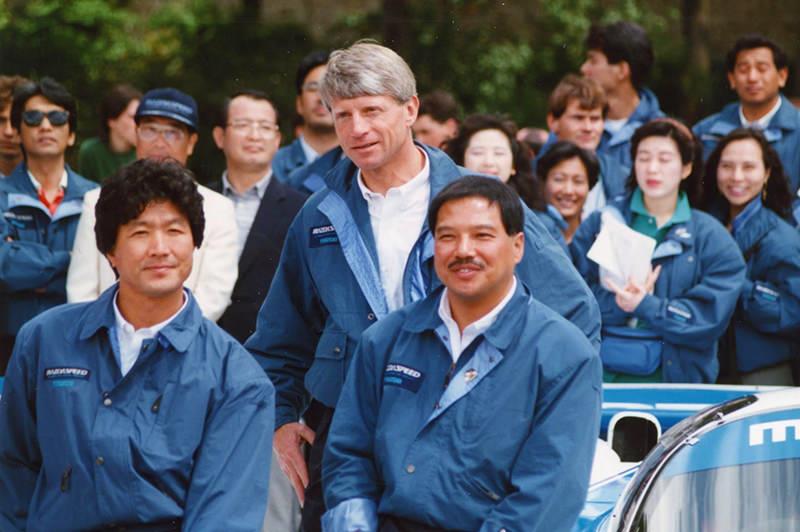
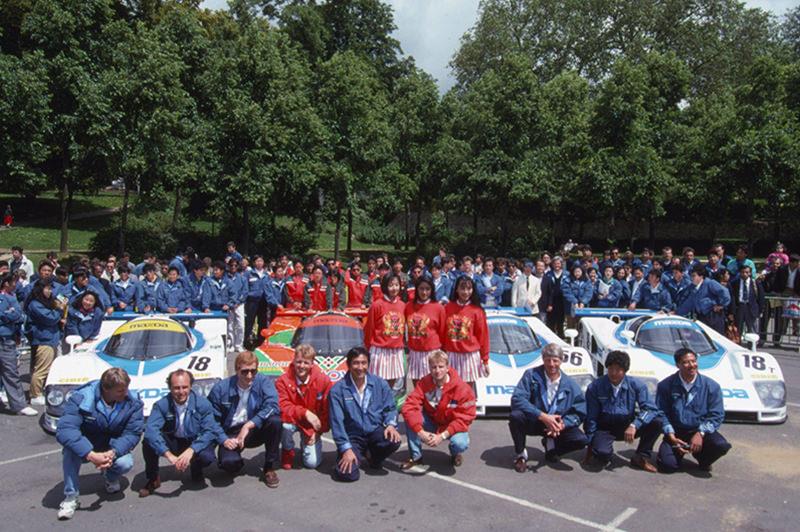
One of the hardest jobs of managing a large global team fell on the culinary team that provided the meals. Terada sought the help of Masayo Waki (now a cooking researcher), who was living in Paris for her culinary training at the time. Waki worked as a chef for the Mazda team for 11 years from 1981 to 1991, gaining experience in the field. They had to ensure that people with different dietary habits, religious beliefs, lifestyles and cultures could get through Le Mans Week without issue, and that accidents such as food poisoning would not occur during Le Mans, which is held in the summer. While food can sometimes facilitate communication between team members, there are also times when people's likes, dislikes, and habits can prevent them from performing at their best. On Fridays, when there was no driving schedule, they served beefsteak and pork cutlets to “win over the enemy”, and on Sunday mornings, when it was particularly tough on the cars and pit crews, they prepared somen (thin noodles) which are gentle on the stomach. To serve 120 people, it is not only difficult to buy the ingredients and cooking space, but also to prepare the tables and tableware, to coordinate the serving staff, and to wash the dishes, it is like running a popular restaurant in downtown Tokyo. Furthermore, the menu had to be written in three languages to be understood. The Mazda team's food was so well received that even people from rival Japanese teams who were participating in the event at the time came to eat with them.
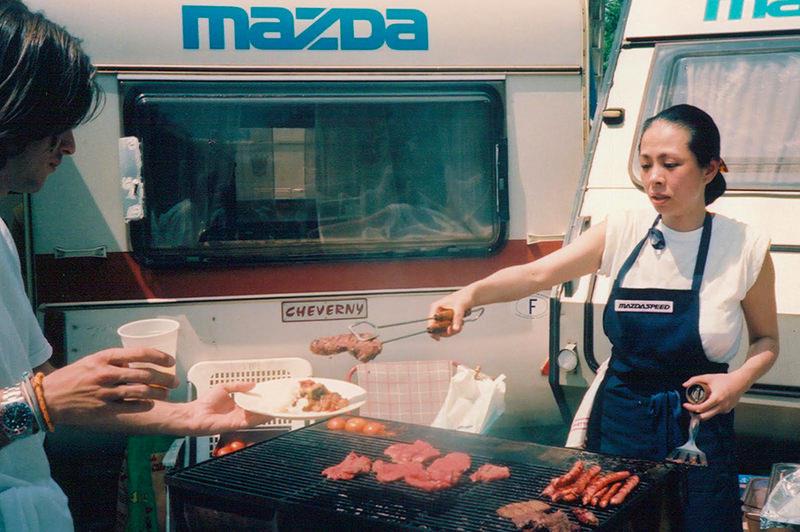
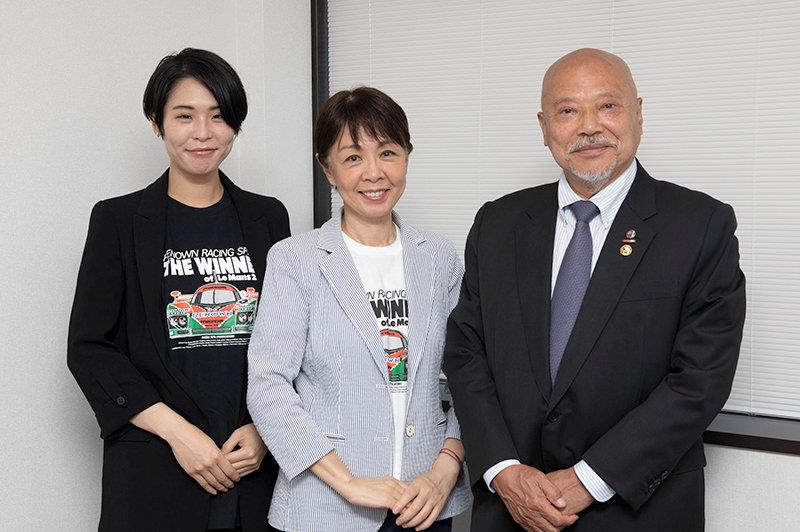
As mentioned above, the Mazda team at Le Mans had traditionally been a multinational international team, built on the cooperation of people from many different countries. The success of 1991 would not have been possible without the unassuming but important behind-the-scenes work of Terada and Waki, who managed this large team. This is also an important part of the culture of the 24 Hours of Le Mans.
Terada, "Mr. Le Mans," continues to serve as a motorsports advisor for Mazda and as a member of the ACO's Far East Board of Directors, where he continues to build bridges between Le Mans and Japan. In recent years, he has been running the Support Our Kids program, which helps middle and high school students, who were affected by the 2011 Tōhoku earthquake and tsunami, become independent. Waki is also active as a cooking researcher on TV and in magazines.

Profile of Yojiro Terada, “Mr. Le Mans”
Born in 1947 in Kobe, Hyogo Prefecture
Made his racing debut in 1965 and joined Mazda Auto Tokyo in 1969.
While competing in many races as an employee driver, he also devoted himself to the development of the Mazda Sports Kit.
In 1972, he became a contract driver for Toyo Kogyo (now Mazda) and contributed to the development of production vehicles.
In 1974, he participated in the 24 Hours of Le Mans for the first time in a Sigma MC74.
After driving the RX-7 252i in 1979, he first completed the 24 Hours of Le Mans in 1982, his fourth time participating in the race (RX-7 254).
Since then, he has achieved numerous notable results at Le Mans, including four class championships. His best finish was a 7th overall in 1995.
He participated in Le Mans for 27 consecutive years until 2008, and his 29 appearances are the most by a Japanese driver in the history of Le Mans (as of 2021).
He has also served as President and Representative Director of Auto Exe Co., a director of the ACO (Automobile Club de l’Ouest), Director of Support Our Kids, Chairman of NPO Next Generation Creative Workshop, and Sports Tourism “Meister" for the Japan Tourism Agency. He is also active in a wide range of motorsports activities through his own racing team, Teramos Ltd.

